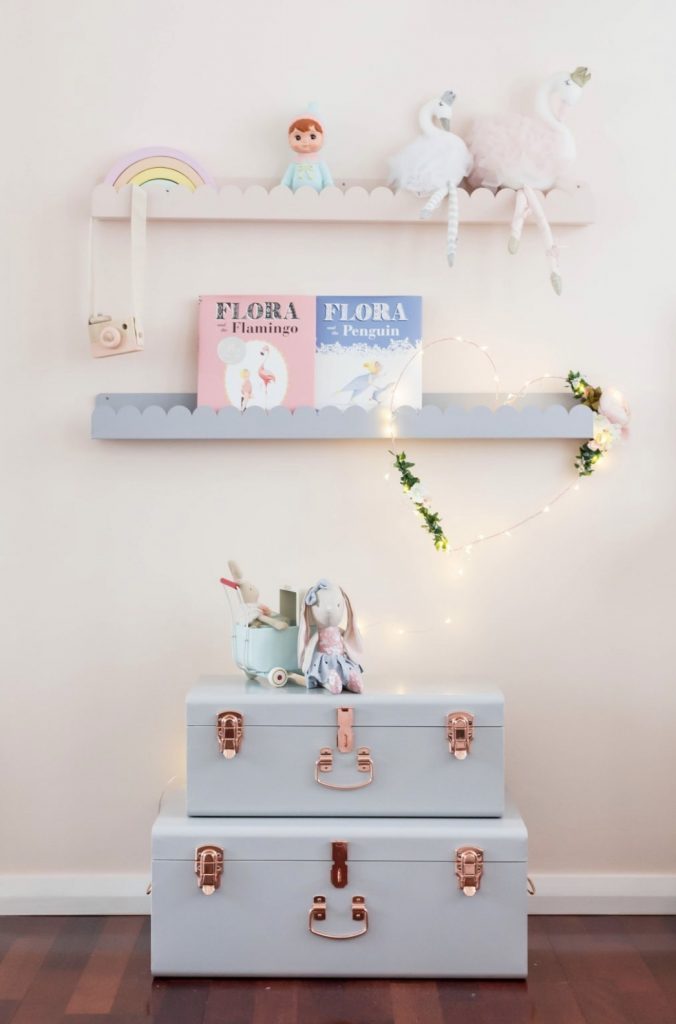Creating an inclusive living environment is essential for ensuring that everyone feels welcome and valued in their own space. It’s important to consider the diverse needs of individuals, whether it be physical, mental, or emotional, when designing a living environment. Inclusivity should not be an afterthought but rather a fundamental aspect of the design process.
In this blog post, we will explore some key considerations for designing an inclusive living environment that caters to a diverse range of needs.
We will discuss the importance of accessibility, inclusivity in design choices, and ways to promote a sense of belonging within the space. Let’s get started.

Prioritize Accessibility
When designing an inclusive living environment, it’s crucial to prioritize accessibility. This means ensuring that the space is easily accessible and usable for people with different abilities.
Some ways to do this include installing ramps or elevators for those who use wheelchairs or have mobility issues, providing visual aids for those with hearing impairments, and incorporating tactile elements for individuals with sensory disabilities.
Additionally, if you are looking for funding to make your space more accessible, you can apply for a Disabled Facilities Grant to help cover the cost of necessary modifications.
This grant is available in many countries and can greatly assist in creating a more inclusive living environment for individuals with diverse needs.
Consider Different Abilities
It’s important to consider the different abilities of individuals when designing an inclusive living environment. This includes physical, intellectual, and sensory abilities.
For example, incorporating features such as wider doorways and lower counters can make a space more accessible for individuals who use wheelchairs or have mobility limitations.
Additionally, providing ample lighting and minimizing background noise can benefit those with sensory sensitivities.
It’s essential to think beyond the traditional concept of “disability” and instead focus on creating a space that can cater to a diverse range of needs. By doing so, you are promoting inclusivity and making your living environment more welcoming for everyone.
Incorporate Universal Design
Universal design is an approach to designing spaces that considers the needs of all individuals, regardless of their age, ability, or background.
It focuses on creating environments that can be used by everyone without the need for adaptations or specialized features.
Incorporating universal design principles in your living environment can greatly enhance its inclusivity. This may include features such as lever door handles, walk-in showers, and adjustable countertops.
By incorporating universal design, you are not only promoting inclusivity but also creating a space that is functional and convenient for all individuals.
Include Diverse Perspectives in the Design Process
When designing an inclusive living environment, it’s important to ensure that diverse perspectives are represented in the design process. This can include individuals with different abilities, cultural backgrounds, and life experiences.
By incorporating diverse perspectives, you are able to create a space that caters to a wider range of needs and promotes inclusivity.
Consider working with architects, designers, or consultants who have experience in creating inclusive spaces for diverse populations. Additionally, involving members of the community in the design process can provide valuable insights and ensure that the final result is truly inclusive for all.
Create Flexible Spaces
Flexibility is key when designing an inclusive living environment. This means creating spaces that can be easily adapted to meet the changing needs of individuals. For example, incorporating movable furniture allows for more flexibility in how a space is used.
Additionally, consider incorporating features such as adjustable lighting and temperature controls to cater to the diverse needs of individuals.
By creating flexible spaces, you are promoting inclusivity by allowing individuals to customize their environment to best suit their needs. It also allows for a more inclusive environment for group gatherings or events, as the space can be adjusted to accommodate different preferences and abilities.
Promote a Sense of Belonging
Lastly, it’s important to promote a sense of belonging within the living environment. This means creating a space that encourages connection and community among individuals with diverse needs.
Some ways to do this include incorporating communal areas, hosting events or activities that cater to different interests, and promoting open communication between residents.
By promoting a sense of belonging, you are creating a welcoming and inclusive environment where individuals feel valued and accepted. This can greatly improve the overall well-being of residents and foster a sense of community within the living space.
Designing an inclusive living environment for diverse needs requires careful consideration and intentional planning.
Prioritizing accessibility, considering different abilities, incorporating universal design, including diverse perspectives in the design process, creating flexible spaces, and promoting a sense of belonging are all crucial aspects to keep in mind.
By implementing these strategies, we can create living environments that not only cater to the diverse needs of individuals but also promote inclusivity and a sense of belonging for all.






